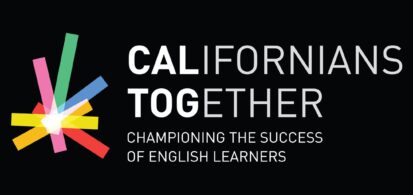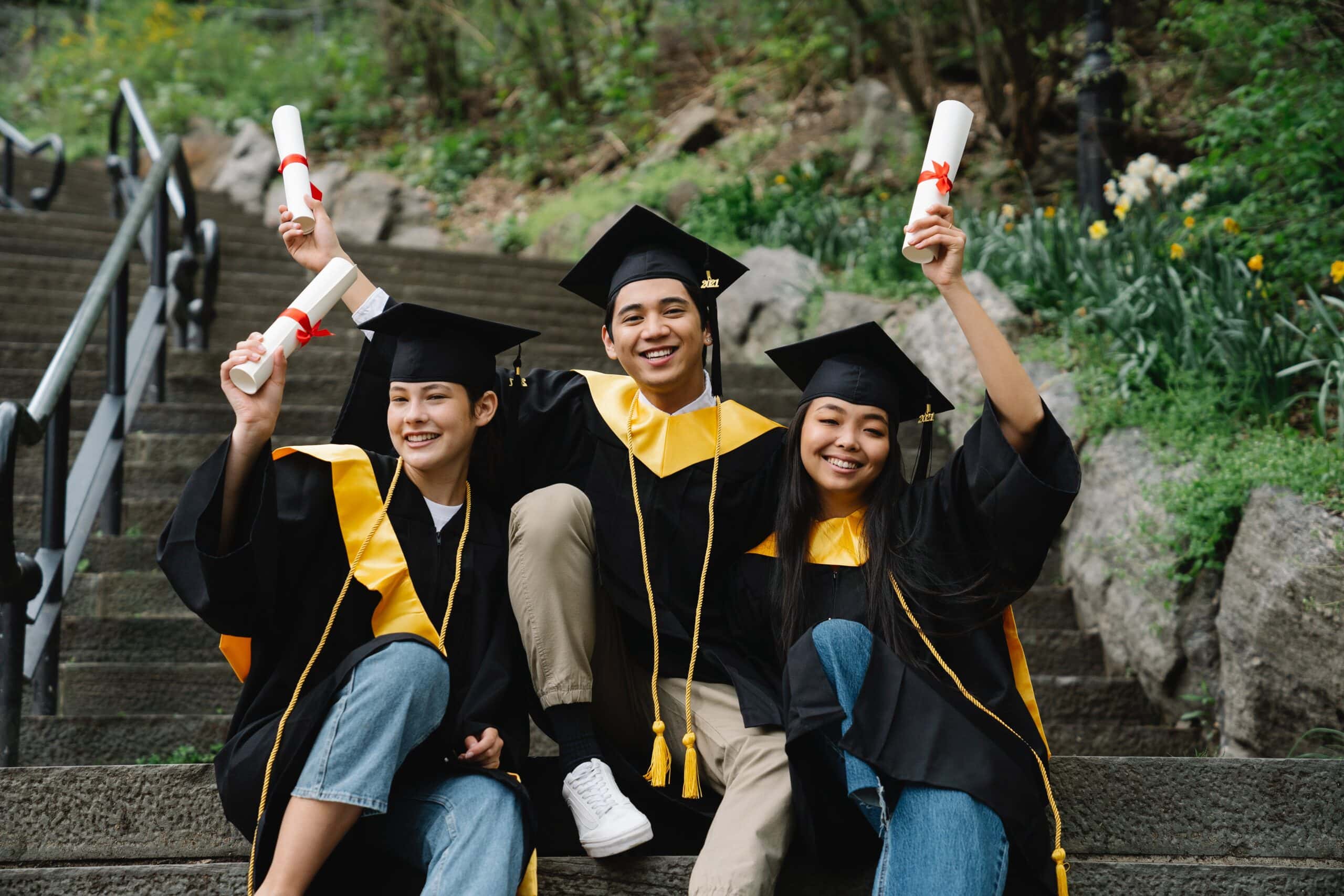Who are the Recipients of the Seal of Biliteracy?
At high school graduation ceremonies across California, families and educators recognized and congratulated students for their years of academic achievements. In California, 418,205 students earned high school diplomas in 2017-18; […]

